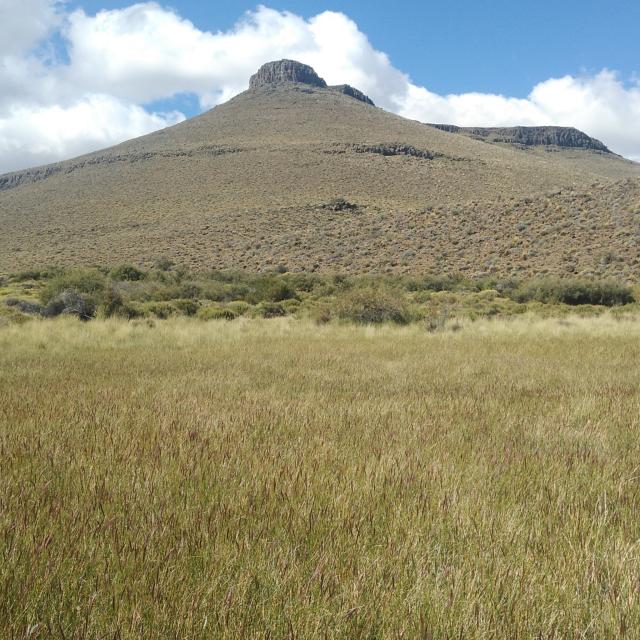HRAF Global Scholar: Vivian Scheinsohn, Ph.D.
Title: Full Professor
University Affiliation: University of Buenos Aires
Research Topic: The transition from pedestrian mobility to horse incorporation among hunter-gatherers
Vivian Scheinsohn is an Argentinian archaeologist and a Full Professor at the Departamento de Ciencias Antropológicas (Anthropology Department), Facultad de Filosofía y Letras (Philosophy and Literature School), University of Buenos Aires. Vivian also works a researcher at the Instituto Nacional de Antropología y Pensamiento Latinoamericano (INAPL) and Consejo Nacional de Investigaciones Científicas y Tecnicas (CONICET). Since the beginning of her career, she has worked in the region of Patagonia. Her Ph.D. thesis was developed with archaeological materials (bone tools) from Tierra del Fuego.
After receiving her doctoral degree, Vivian continued to work in this region. She has spent the last ten years conducting research in the steppe and forested ecosystems of the Central Western region of the Argentine Patagonia. Currently she is directing an archaeological research project with the goal of reconstructing the history of the human presence in this macro region, from the earliest hunter-gatherers to Europeans and Criollos in the 19th century. Vivian has always framed her research in an evolutionary theoretical framework.
Recently, Vivian published a paper on an archaeological site that was temporally framed at the time that indigenous populations switched from pedestrian mobility to horse incorporation, a process that took place between the 17th and 18th centuries. Local populations adopted the horse after the Spanish conquest in a very quick but spatially uneven process. Horse presence was found at the previously mentioned site as part of the animal bone assemblage, but it was unclear whether people who left that record used horses (for transportation, food, leather, etc.) or if the horse bones were added to the site strata later as a result of natural or human agents. Since there are few sites in Patagonia that are temporally recorded on that moment, this site offers an unparalleled opportunity to study this time period.
Through her research, Vivian became interested in learning about how local populations in other parts of the world—such as the Great Plains of the United States and South Africa—were integrating the horse as an allochthonous domesticated animal. This led Vivian to apply to the HRAF Global Scholars program. Her goal is to use eHRAF Archaeology data to compare this Patagonian case with other cases in order to determine whether they share any similarities or differences, what local and universal archaeological clues were left by that process, how environmental factors may have affected it, how horse incorporation can be correlated with local intensification processes (Binford 2001), and how extensification (Binford 2001), as a result of this process, affected the lives of indigenous populations.
HRAF is honored to welcome Vivian Scheinsohn as one of our HRAF Global Scholars for 2023. We wish her continued success with her research.
To support funding priorities such as the HRAF Global Scholars program and the development of our open access resources (Explaining Human Culture, Teaching eHRAF, and Introducing Cross-Cultural Research), please consider making a tax-deductible donation.


